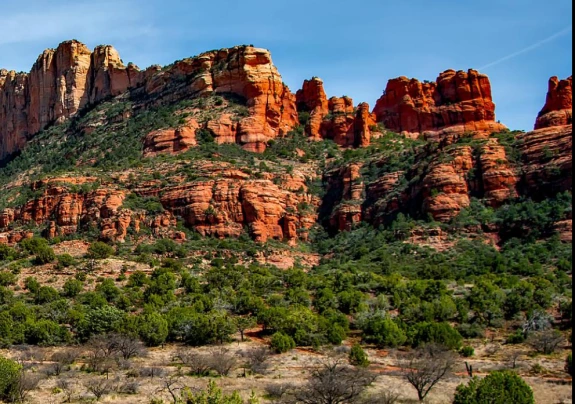
Plant Collection
Once you have determined which species you will use for your restoration project, you must then acquire the plant or seed materials. This can be one of the hardest and most expensive parts of the entire restoration procedure.
Purchasing
Purchasing plant materials can be expensive but has many benefits, including knowledge of source populations, ease and support of local small businesses.
Transplanting
Although more labor-intensive than purchasing materials, transplants collected in the field can be more effective for achieving restoration goals than commercially available materials.
Wild Collection of Seeds
Although more labor-intensive than purchasing materials, seeds collected in the field can be more effective for achieving restoration goals than commercially available materials.
When designing a mix of species to use at your site, try to...
- Select species that are regionally adapted and site appropriate.
- Incorporate species that are diverse in their type (forbs, grasses & shrubs/trees) as well seasonal growth (winter & summer active growth seasons)
A diverse, species rich seed mis of regionally appropriate species will help to ensure a successful restoration project by providing ground cover throughout the year, habitat complexity, and resistance against opportunistic invasive species[1].

